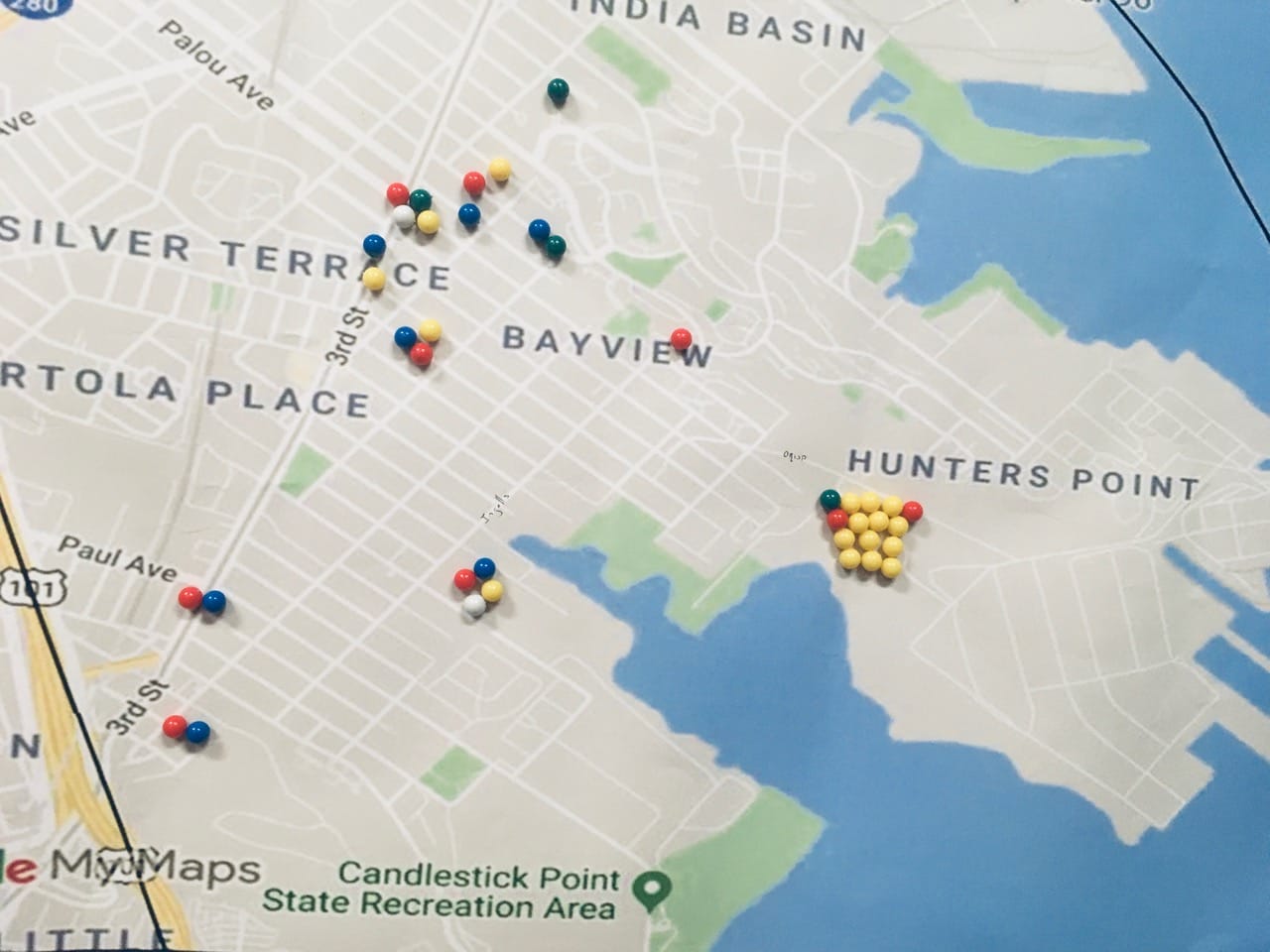
by Ahimsa Porter Sumchai MD, PD
“On Sunday, the 15th of July, about noon, we were at Hunters Point and they put upon us what we now know was the atomic bomb.” – Capt. Charles McVay III, US Navy Commanding Officer, USS Indianapolis (Operational Archives Branch, Naval Historical Center)
The Hunters Point Shipyard was the transfer point for Little Boy, the atomic bomb dropped on Hiroshima on Aug. 6, 1945. The shipyard also played a critical role in Operation Crossroads, a series of nuclear weapons tests conducted by the United States at Bikini Atoll in the Marshall Islands.
Shots Able and Baker were publicly announced and observed by an invited audience and press corps. Detonated on July 25, 1946, Shot Baker was the first underwater test of an atomic device. The underwater fireball created a 30-foot-deep crater on the seafloor.
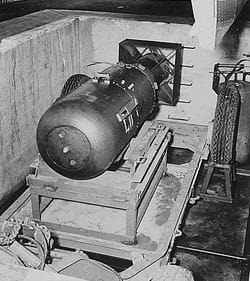
Water burst upward like a geyser creating a dome containing 2 million tons of water. The bubble generated a 94-foot-high tsunami wave that rolled over target ships, killing all animals on board. Operation Crossroads was terminated on Aug. 10, 1946, due to radiation safety concerns. Target and support ships deemed too radiation contaminated to be salvageable were hauled back to the Hunters Point Naval Shipyard.
The Hunters Point Naval Shipyard is located in southeastern San Francisco on a promontory that extends eastward into San Francisco Bay. The history of the shipyard in the creation, testing and delivery of the ultimate weapon of mass destruction cannot remain buried within the depths of our conscience.
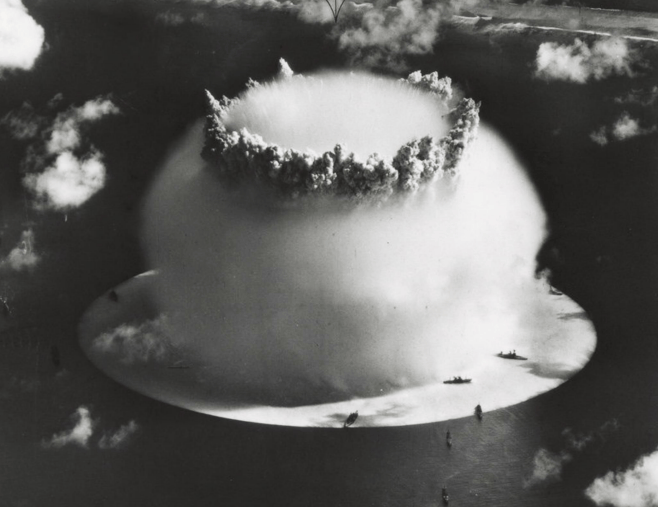
Designated a federal Superfund site in 1989, the shipyard was the location of the United States Naval Radiological Defense Laboratories’ radiation experimentation that began in 1946 and continued until 1986. Hard evidence of radiation exposure in nearby residents and shipyard workers is being documented by the Hunters Point Community Biomonitoring Program.
The United States is the only nation that has deployed atomic bombs in combat. So much as we cower from the prospect of a nuclear Iran or North Korea, American leadership forever changed the trajectory of humankind with the ultimatum drafted by Truman, Churchill and the Joint Chiefs of Staff sent to Japan on July 26, 1945: “Surrender in safety or face utter destruction.”
The Hunters Point Community Biomonitoring Program launched in January 2019 is the first human biomonitoring program in the nation established to offer residents and workers at a federal Superfund site voluntary urinary toxicology screenings analyzed by a certified laboratory using mass spectrometry.
Radiation damages human tissue by stripping it of charged particles called electrons. Radiation in low doses is linked to many cancers including breast, thyroid and skin cancer. Low dose radiation can change the basic structure of our genes. Residents and workers on and adjacent to the federal Superfund site at the Hunters Point Shipyard have undergone voluntary urinary toxicology screenings that detect products of nuclear fission, natural and technologically enhanced radionuclides.
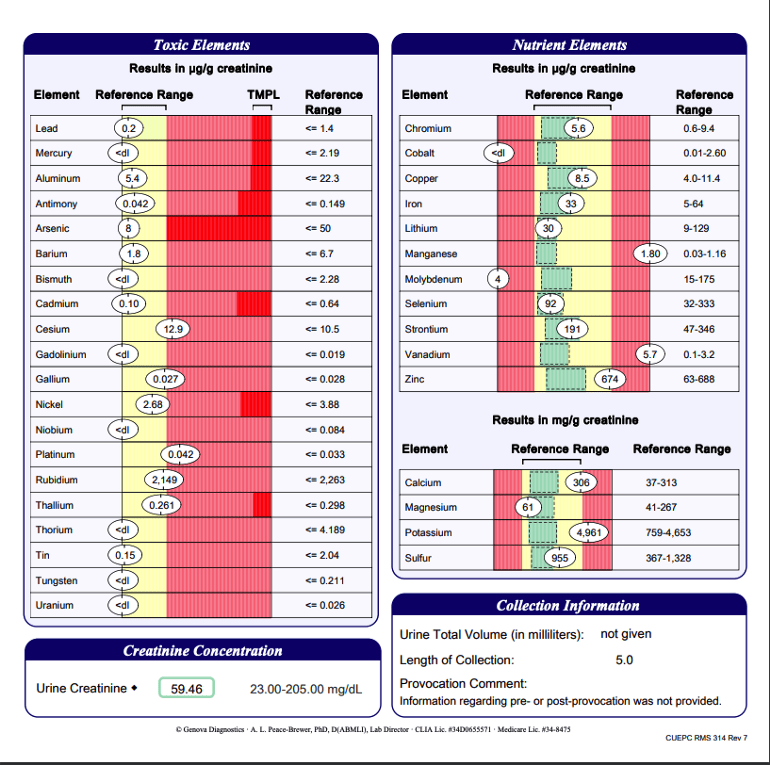
The Hunters Point Community Biomonitoring Program launched in January 2019 is the first human biomonitoring program in the nation established to offer residents and workers at a federal Superfund site voluntary urinary toxicology screenings analyzed by a certified laboratory using mass spectrometry. Those screenings have detected radionuclides of concern (ROCs) documented by the US EPA and the Department of the Navy.
The main cluster of ROCs centers around the shipyard’s historic entry at Palou traveling east to Crisp Road, where the main laboratories of the United States Naval Radiological Defense Laboratories were sited. Building 830 is used by the University of California at San Francisco as a lab animal compound. Fourteen workers screened in a building adjacent to the dangerous Parcel E-2 landfill have had one or more radioactive elements detected in toxic concentrations including uranium levels 17 times higher than reference range and cesium in elevated concentrations.
Multiple ROCs were detected in the urine of a Building 830 long term worker including cesium, gallium, rubidium, thallium, manganese, vanadium and potassium. Radioactive potassium K-40 is abundant in shipyard soils and landfills and K-42 was fed to human volunteers to determine its impact on muscle mass in an experiment documented in the shipyard’s Historical Radiological Assessment.
Building 830 is estimated to lie within 25 feet of the Parcel E-2 landfill, an EPA designated federal Superfund site. Lateral diagrams suggest the landfill has expanded and may be directly beneath Building 830. This is substantiated by numerous workers who report smelling methane gas in the workplace.
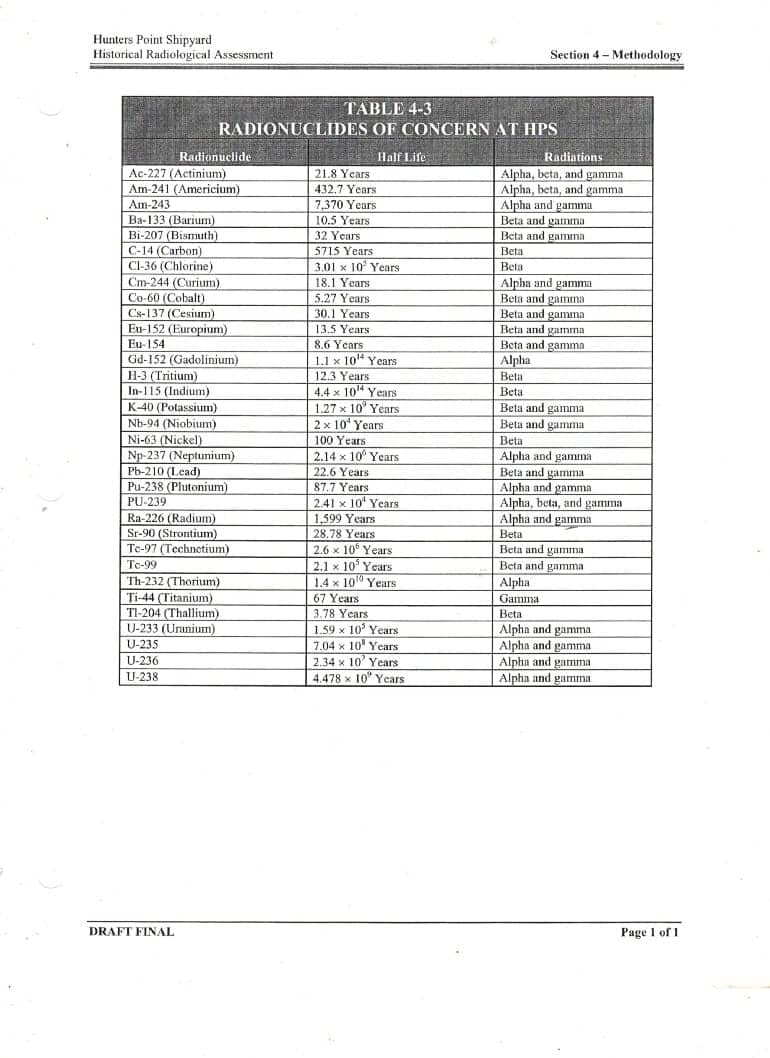
Radionuclides of Concern (ROCs) at the Hunters Point Naval Shipyard are now being detected in nearby residents and workers. In 18 months of operation, HP Biomonitoring has detected the following ROCs in dangerous concentrations: barium, bismuth, cobalt, cesium, gadolinium, potassium, nickel, strontium, thallium and uranium.
Neighbors … or sisters?
The Hunters Point Community Biomonitoring Program screened two long term residents who are neighbors and friends. Both live near the Palou Street entry of the shipyard which historically served as the “main drag” for the Naval Radiological Defense Laboratories from 1946 to 1986.
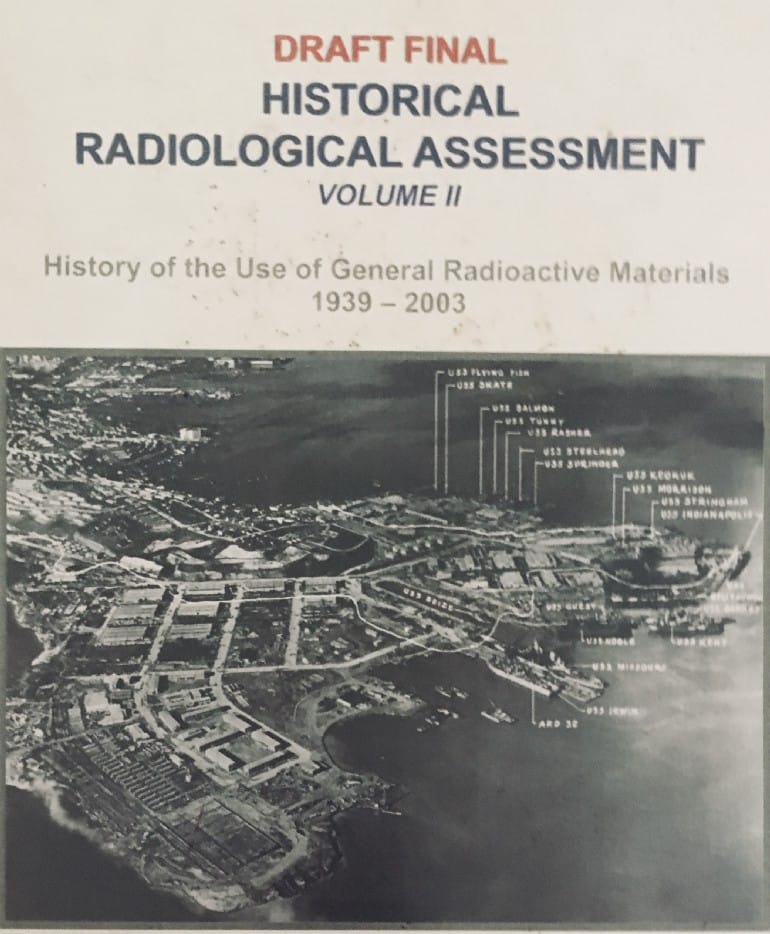
Neighbor #1: ROCs detected on urine toxicology screening include cesium, gadolinium, rubidium, thallium, manganese, strontium and vanadium.
Neighbor #2: ROC’s detected on urine toxicology screening include nickel, rubidium, thallium, manganese, strontium, vanadium and potassium.
Both women – friends – have been diagnosed with breast cancer! They share the common finding of elevated levels of multiple known radioactive elements in their urine including rubidium, thallium, strontium, manganese and vanadium. Radiation induced solid tumors take up to 15 years to manifest. Both women – neighbors – have lived at the shipyard’s main entry for over 20 years!
The Hunters Point Shipyard Historical Radiological Assessment has been called the “bible” of shipyard radiological operations.
SF Bay View Health and Environmental Science Editor Ahimsa Porter Sumchai, MD, PD, principal investigator for the Hunters Point Community Biomonitoring Program, founding chair of the Hunters Point Naval Shipyard Restoration Advisory Board’s Radiological Subcommittee and contributor to the 2005 Draft Historical Radiological Assessment, can be reached at asumchai@gmail.com. Dr. Sumchai is also president and medical director of Golden State MD Health & Wellness, an author and a UCSF and Stanford trained researcher.





